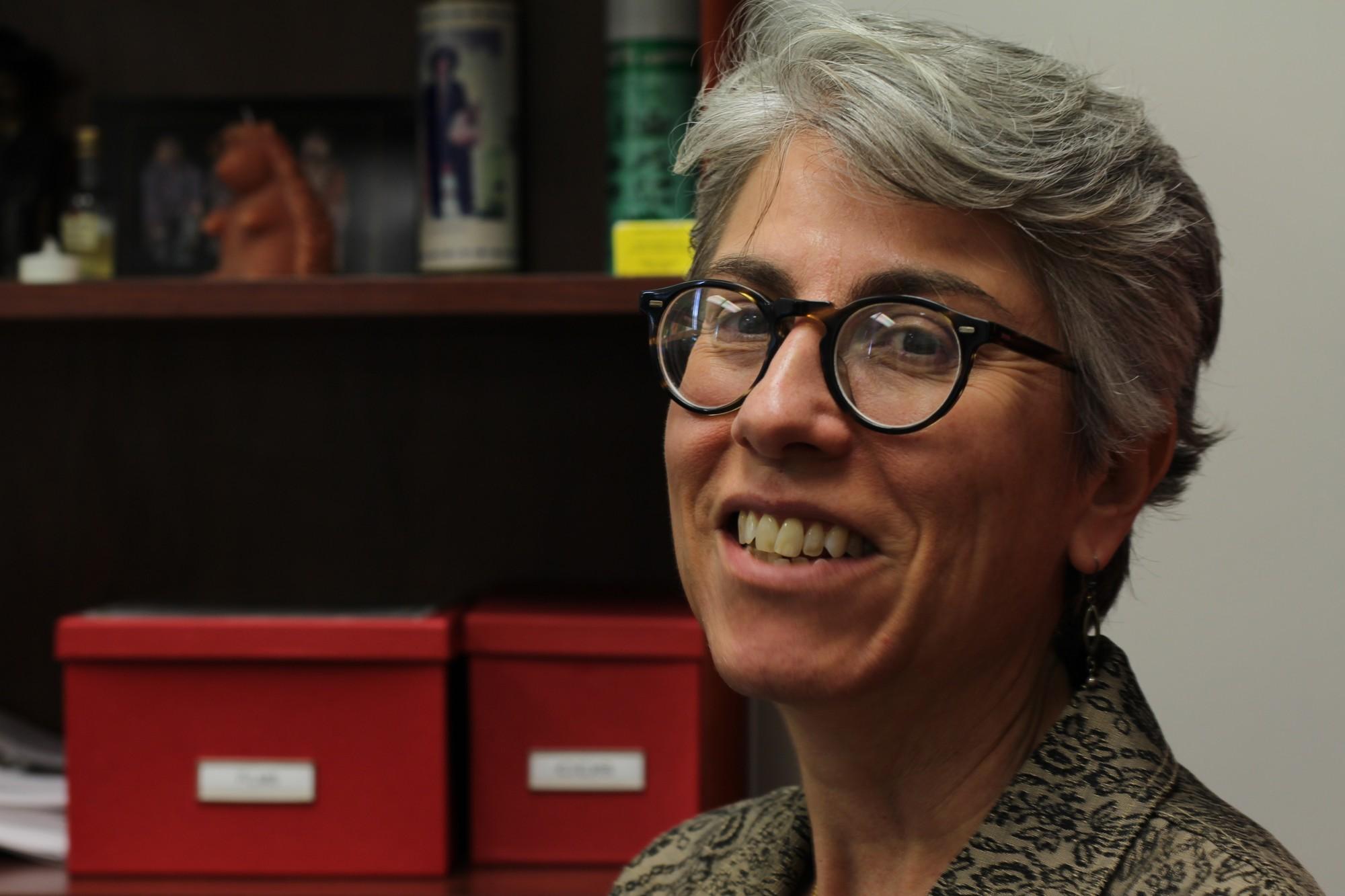Although Halloween is just around the corner for one night only, anthropology students get to discover the roots of witchcraft and the supernatural world all semester long.
Among the variety of courses offers at CSUN, the anthropology department allows students to explore a whole other world, creating a new perspective for them.
Currently teaching Anthropology 424: The Supernatural and Modern World this semester, professor and department chair, Sabina Magliocco, has introduced different approaches to witchcraft in the past and also supernatural powers beyond compare.
“We’ve explored the history, anthropological ideas about witchcraft, how witchcraft operated in traditional societies, historical documents, the persecution of witches and modern pagan witchcraft,” Magliocco said.
She explained that witchcraft and magic have been topics of anthropological interests since the beginning of the 1800s, where it can mean a number of different things. According to Magliocco, the term ‘witch’ derives from the old English word, ‘wicce’ or ‘wicca.’
“Witchcraft is a belief system in which a particular type of person is thought to have supernatural powers to do harm to others,” Magliocco said. “It exists in many different societies.”
Depending on the belief system of the society, witches were portrayed differently, but were somehow always associated with negative connotations. Magliocco said based upon European Folk beliefs, witches were feared because they were people who performed malevolent magic on others through supernatural means.
After the Salem Witch Trials in 1692, the perspective of witches changed over time.
Two other ideologies of Christianity beliefs and modern pagan witchcraft were born.
“It evolved exclusively in the Christian society with the idea that witches were people who made a deal with the devil,” Magliocco said. “They believed witches were conspiring with the devil to bring about a new world and order, in which Satan, not Christ, is in charge.”
The world began to change under the Modern Pagan witchcraft age, Magliocco said. People began reconsidering the persecution of those accused of performing witchcraft. Folk practices that were not a part of a coherent pre-Christian religion became very popular.
Karima Ibrahim, an anthropology major and current student in Magliocco’s class, said keeping an open mind is important, especially when students are learning about things like fairies, aliens and big foot.
“Her supernatural class is awesome,” Ibrahim said. “There’s definitely non-believers out there and it’s a very complicated subject, but she makes it easier for us to learn.”
Robert Fitzgerald, another student in Magliocco’s Anthro 424 class and anthropology major, agreed that Magliocco’s teaching methods are not only informative, but easy to understand.
“We’re getting into theoretical discussions of the supernatural world,” Fitzgerald said. “She is very passionate, which helps a lot.”
Magliocco stated that what she teaches is based upon facts and not belief based. She would never encourage anybody to practice something that they didn’t want to or if it harmed people. But as anthropologists, their interest is to study the belief system and how that worked in society.
She said some students were surprised with what they learned because the reality turned out to be different from their expectations.
“The stereotypes you get from movies and T.V. shows may change once you start reading about these things in other societies,” Magliocco said. “You may find it’s not as sensational or not as exciting as you thought, but hopefully you’ll find out that it’s just as interesting but in a different way.”






